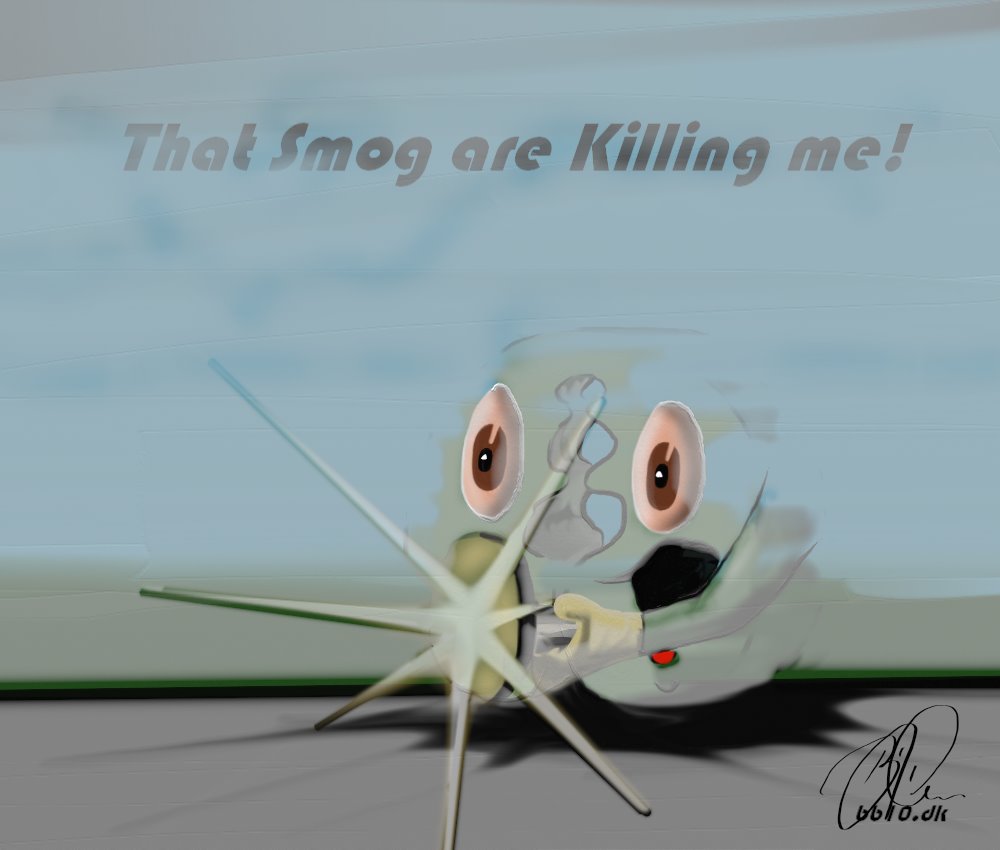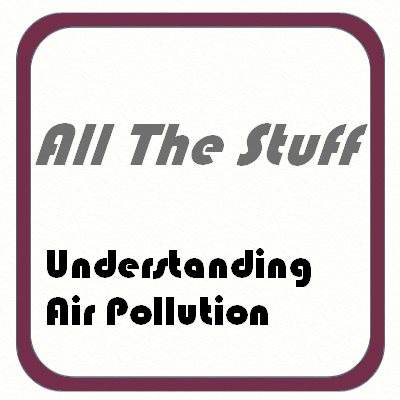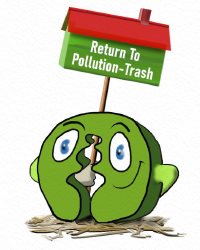Air Pollution
Smog is air pollution that reduces visibility
Air Pollution
Smog is air pollution that reduces visibility.
The term "smog" was first used in the early 1900s to describe a mix of smoke and fog.
The smoke usually came from burning coal.
Smog was common in industrial areas, and remains a familiar sight in cities today.
Today, most of the smog we see is photochemical smog.
Photochemical smog is produced when sunlight reacts with nitrogen oxides
and at least one volatile organic compound (VOC) in the atmosphere.
Nitrogen oxides come from car exhaust, coal power plants, and factory emissions.
VOCs are released from gasoline, paints, and many cleaning solvents.
When sunlight hits these chemicals, they form airborne particles and ground-level ozone—or smog.
Ozone can be helpful or harmful.
The ozone layer high up in the atmosphere protects us from the sun’s dangerous ultraviolet radiation.
But when ozone is close to the ground, it is bad for human health.
Ozone can damage lung tissue, and it is especially dangerous to people with respiratory illnesses like asthma.
Ozone can also cause itchy, burning eyes.
Smog is unhealthy to humans and animals, and it can kill plants.
Smog is also ugly.
It makes the sky brown or gray.
Smog is common in big cities with a lot of industry and traffic.
Cities located in basins surrounded by mountains may have smog problems because the smog is trapped in the valley
and cannot be carried away by wind. Los Angeles, California, United States, and Mexico City,
Mexico, both have high smog levels partly because of this kind of landscape.









